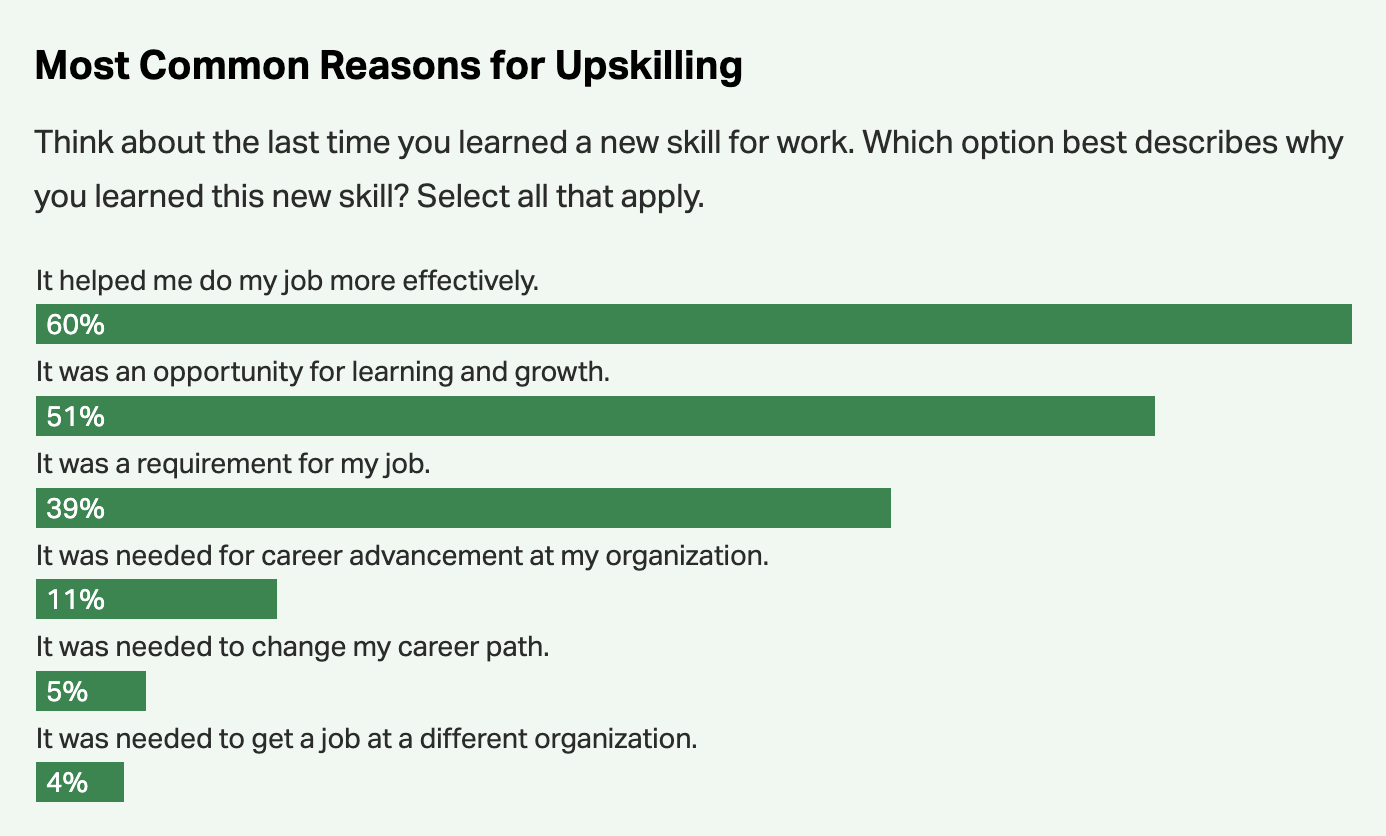3 steps to build an effective data strategy for Marketing
Consumers are now “always on” using more and more connected devices all day long and are always ready to shop. At the same time, consumers now expect more consistency between their online and offline experiences. This raises the need for unified marketing strategies.
It is no longer effective to rely solely on “tags” and “cookies” to track and reach users across the Web, while implementing completely different strategies on different channels. Instead, marketers must be equipped to assess and respond to consumer behavior in real time, across all channels to maximize the likelihood of conversion leading to purchase behavior.
This requires a new approach to marketing. Instead of pursuing attractive goals that promise to reach consumers in unique ways, marketers should prioritize data collection and analysis as a mandatory process in all marketing activities.
With a solid foundation of data, reaching customers across sales channels becomes more effective and precise. In fact, a recent survey by Signal and eConsultancy found that Marketers who are most profitable from data-driven campaigns are much more likely to use data than their peers.
So what does it take to successfully harness the power of data? The reality is that senior marketers need to start thinking about data as a priority and imperative. There are many things they can do to ensure their teams are moving towards a data-driven model and tying marketing results to specific business goals and outcomes.
To start, marketers need to build the foundation for a data strategy. Here are three steps to effectively analyzing your current data:

- Comprehensively review your data
The first step to understanding a company’s data landscape is to catalog and categorize all relevant data types, sources, and uses. In other words, it’s a data “audit.”
In many cases, different marketing initiatives from different teams create silos of varying complexity and scale when it comes to collecting customer data. A data “audit” will help break down those silos, creating a single database from multiple sources.
Additionally, this may sound simple, but it is important to ensure consistency in the use of terms like “Impression,” “Lead,” and “Conversion.”
The result of this step is a single table that organizes all types of data and clearly defines important terms.
- Define the Goal
The goal here is more than just an overall goal. For example, “We want to have the best omnichannel capabilities” is considered a big goal, but it doesn’t help achieve anything. Therefore, it is important to break down the larger goal into actionable goals to map out a path to the ultimate goal.
Take an e-commerce retailer for example. One goal might be to convert one-time customers into repeat customers. This goal, as opposed to the overall goal, is small enough to be achieved within a certain time frame.
This process should also involve stakeholders. They need to be in meetings with potential customers across different marketing channels to get a sense of the need and urgency of the goal. This helps to make the path brighter by identifying opportunities quickly and positively impacting revenue.
- Don’t forget what’s missing
The flip side of knowing what data is available is identifying what data is needed and missing. For example, a company may hope to target a product to recent college graduates but has no way to define that characteristic with existing data.
Once the data gap is identified, the quickest way to address it is to work with a third-party data provider. This requires a rigorous analysis of potential providers to determine the best fit.
As more data sources become available, marketers should not just use them all, but should instead ask questions about the quality, provenance, and freshness of the data to determine how well it fits their specific needs.
Once a full analysis of existing data is complete, marketers will be equipped to address the challenges ahead. A successful data analysis will clearly identify all existing data, any missing data, and the goals the data program must achieve.
Consumers and marketers alike want greater consistency and faster response than ever before. We have the ability to address those needs today, but it requires effort with the involvement of key stakeholders.







